This is such a common thing to have happen anywhere from our teens onwards. It's so easy to accept this as normal for you especially if your back does free up quickly after getting out of bed but this is another one of those body signals that you have the start of 'something's-not-right' and needs attention.
In this post I'll discuss some possible factors that could be contributing to your morning's discomfort and strategies to try first that may well help you.
This is important from a chiropractic view point because whatever twists you had in your spine and whole skeleton before you got pregnant will now be changing as a result of the effects of this hormone circulating in your body during this time and for approximately 5 months after childbirth.
You may know someone who's back pain disappeared when they got pregnant and hasn't returned or equally someone who never had a bother with their back/neck/shoulders etc until they had children. Aside from the physical stresses of pregnancy, child birth and bringing up children, a woman's body isn't the same as it once was and this absolutely includes the alignment of the spine.
If your shoulder and back muscles are having to work hard to keep you upright in the saddle, something is wrong.
This often leads to intense aching in the mid-back, shoulders and low back. A friend texted me last week because he was suffering with back ache and radiating leg pain - sciatica. Being miles away my initial advice was to make sure his sitting posture wasn't aggravating the problem. I replied with... "Sitting is one of the worst things for your nerves and discs in your back, you've got to perch rather than sit. Especially no sitting on the sofa or anything that tilts backwards - this flares the discs open at the back, aggravates the heck out of it and stretches the nerves." You can appreciate how allowing your spine to slump into a C-shape will stretch the intervertebral discs, ligaments of the spine and spinal cord running though the vertebral canal. Years of this physically stressful posture can eventually lead to back ache, leg pain and sciatica. I notice our local Post Office have an ideal set up for their team with sit/stand desks. Unfortunately one of the ladies there her set up was obviously causing her discomfort as she cursed the chair for her low back ache. She was on a regular chair designed for a low desk with her feet half resting on a bin which meant she had to lean forwards to use the computer which would have been putting undue stress on her whole spine. If you're lucky enough to have mindful employers who have equip you with a standing desk it is vital that you have it set up correctly. I will describe how. 3 desk postures that can cause back pain
Sound familiar? These postures are easy to put right... Change your office set up - stop back ache.
Try all of these initial suggestions, if you're still getting back ache and/or sciatica get in touch here.
At Chiropractic College we were taught to adjust (correct alignment and restore normal movement of joints) babies using tiny fingertip pressure adjustments. We practiced on one another before we started working in the college clinic but it was nothing like actually adjusting a real baby so I will always remember the first baby girl that was brought to see me because she was having trouble feeding. She couldn't latch onto her mother's breast very well and was crying like it caused her discomfort and frustration. I was so nervous, I thought to myself 'Oh no, I have no idea what I'm going to do with you!' 'You're tiny, my hands are massive in comparison! With the tutor's encouragement I decided to trust myself and worked gently on the muscles and joints of her jaw and neck. All the while, I was relieved to see, she was very happy and let me work on her without a peep. I hardly felt like I had done anything to her yet when her parents brought her in for her second appointment they were delighted to tell me that she was feeding perfectly and had stopped crying! I was amazed, relieved and very excited, babies are so much fun to help. Does your baby need adjusting?Since then I've seen a lot of babies in practice. The most rewarding thing for me is to look after a lady before, during and after her pregnancy (look out for my next blog on how I help aches and pains during pregnancy) and to have the honour of checking her new born baby when they arrive. All you have to do is notice whether your baby seems uncomfortable in certain positions. Notice if your baby has any asymmetry in their face and skull. I look at how even their eyes are, if one is larger than the other or if they have a tendency to hold one eye more closed than the other. If they prefer to turn their head in one direction only, particularly if it looks uncomfortable for them to turn one way can be an indicator that something is preventing normal movement in their neck and back. Common things parents tell me is that they're very fidgety and wriggly, they have difficulty latching on and feeding, difficulty sleeping. Often babies will squirm and cry in specific positions, you will get a feeling that there is something that's bothering them, often it is their spine. A Baby's Body Changes More in One Day Than an Adult's Can In One Month.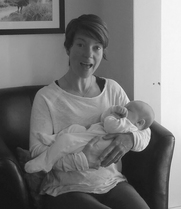 Baby's are fascinating, when we make a correction to a bone in their spine that has gone forwards and cannot correct itself (because there are no muscles or combination of muscles to pull it back again) that segment can function and move normally again. The irritation in the muscles and joints often disappears immediately and typically you will notice them being able to lye peacefully on their backs for a nappy change or in your arms for a cuddle. My husband, Ady and I went to visit friends with their 12 week old baby boy in Dartmoor last weekend. I was holding baby Walter in front of me and although he was happy, every now and again he would keep arching his back and bumping his head on my chest. I felt his spine and noticed an obvious point at which light pressure caused him discomfort. With his parents permission, of course, I adjusted his one vertebrae and he immediately stopped arching and twitching about in my arms. I always think how significant fixing that one little bone is in a person that is only 12 weeks old. His body couldn't realign it so without being corrected (like so many in your and my body at that age) that distortion would stay with him as he grows. It certainly makes me appreciate how long it takes to get an adult's spine better if they had an injury as a growing child. I talk more about this in the Childhood Injuries blog post. A baby's body will change more in one day than ours ever can in one month, that's why babies (the majority of them) are so easy to fix. Not all individuals are quite so straight forward. Babies are more complicated if they have had a traumatic pregnancy and/or birth, I will discuss birth trauma in a future blog post. The best thing to do if you're not sure whether your baby has something I can help them with or not is to give me a call and we will chat about it. 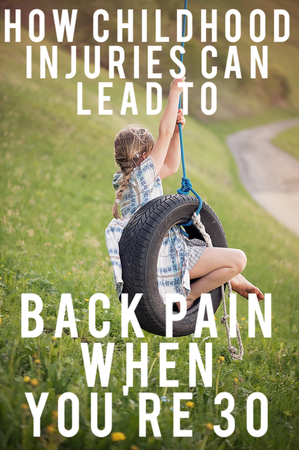 Many of us will have our first episode of low back pain between the ages of 30-50 years. This is great testament to how adaptive and resilient the human body is. To understand why someone has pain I look back with them through their childhood injuries, even birth, particularly if it involved forceps or vontoux. Think back to when you were 0-10 years old and count up the physical incidents that happened to you. The likelihood is that if you're spine and posture has deteriorated over the years, old injuries are partly to blame. Which injuries are most significant for later? Our skull, face and spine are the most important bones because they protect our brain and brain stem. For the brain to 'run the show' perfectly our skull and face ought to be properly formed and symmetrical with the spine and pelvis well aligned and in perfect balance. So it stands to reason that any physical injury that disturbs the balance in such a way that the body cannot self-correct will cause a problem. Bangs on the head and face, a fall from a height (trees, horses etc) onto the back or coccyx (tailbone). Whiplash injuries, collisions with other children playing games. Incidentally my Dad has a noticeable crinkle on his cheek bone, I know it as a familiar feature of his face. He recently told me that it happened when he collided with another boy's head when he was 12 years old. Luckily it wasn't fractured but if you look at him even now that whole part of his upper face is lower on that side. You could say it's a coincidence, however the more people you talk to about the knocks they've had the more it adds up with the deviation they have in their facial symmetry. No one's face is straight by the way! Children tend to bounce back from tumbles. 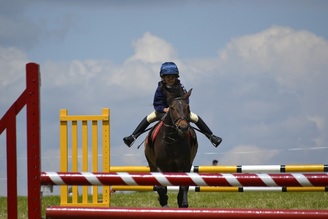 Youngsters take tumbles and clonk themselves daily, you hold your breath waiting for them to scream only to be surprised when they get up and run off again! We take it for granted that they seem to 'bounce' without hurting themselves. If an adult fell in the same way I wonder what pain they would be in, or if an elderly person with stiff joints fell, they would probably break some bones! Bodies become twisted up with a lifetime's accumulation of old injuries, this means that muscles will be pulling on the twisted bones and joints. When a bone is knocked out of place in a direction that the body cannot self-correct other bones of the skeleton have to compensate throughout the entire body for the abnormal biomechanics. This compensation happens very quickly and the process goes on for years before you become aware something is wrong. It's something we are totally unaware of in the beginning. It is only when the body has used up it's ability to twist and adapt that you start to notice it as discomfort, pain or another symptom. Hence the 30 year old with their first episode of insidious (no specific cause) back pain. Joints eventually become painful and stiff and develop arthritis. Can you spot it before the pain comes on? Yes absolutely you can! Even without having a consultation with an ABC (Advanced Biostructural Correction) practitioner you can do a simple check yourself. Take a look at your posture for the following in a full length mirror...
Our joints were designed to line up in a specific way and take the weight of the body evenly left and right. It stands to reason that alteration in this arrangement will cause some joints to wear out more quickly than others. A good example is if you know anyone who has had a knee or hip replacement? One side is usually in a worse state than the other, yet they're the same age...aren't they? What old injuries have forced your body to go 'wonky', do your joints have a good range of movement? Do they line up differently? Is your breathing shallow or restricted and feel like you ought to be able to get more air in? All of these observations about your posture tell me that you can greatly benefit from what I have to offer. If you would like to find out more get in touch, and we will discuss how well I can help you. |
AuthorSarah Bedford Recent PostsCategories
All
|

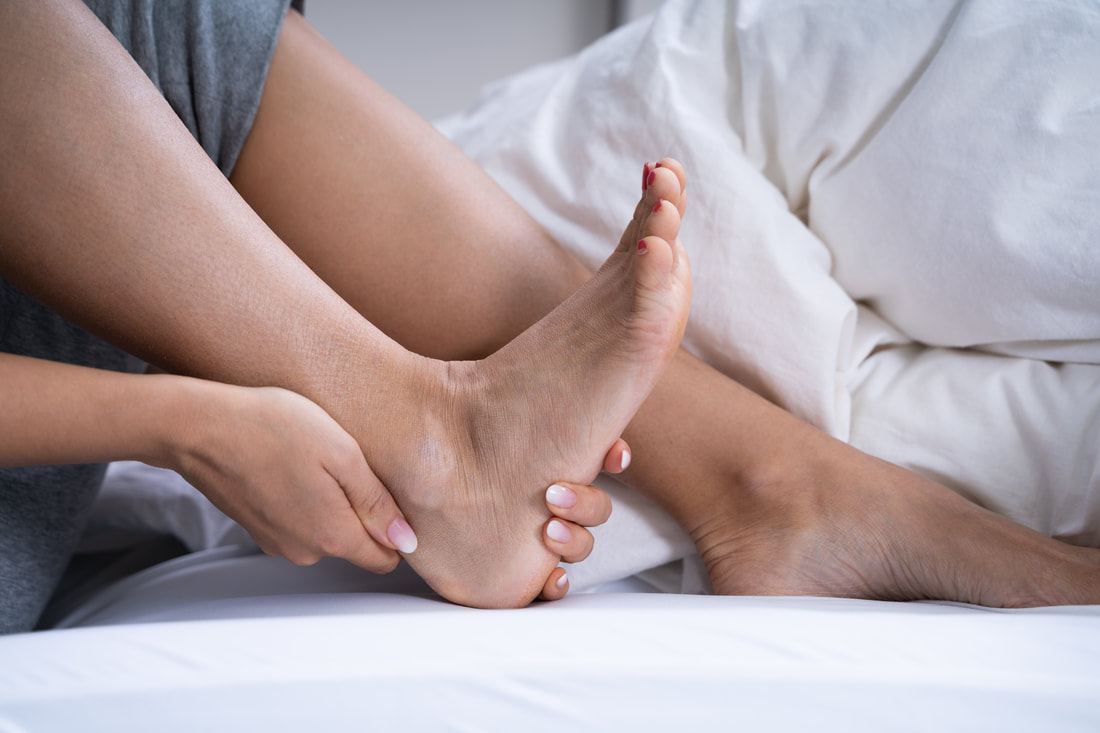
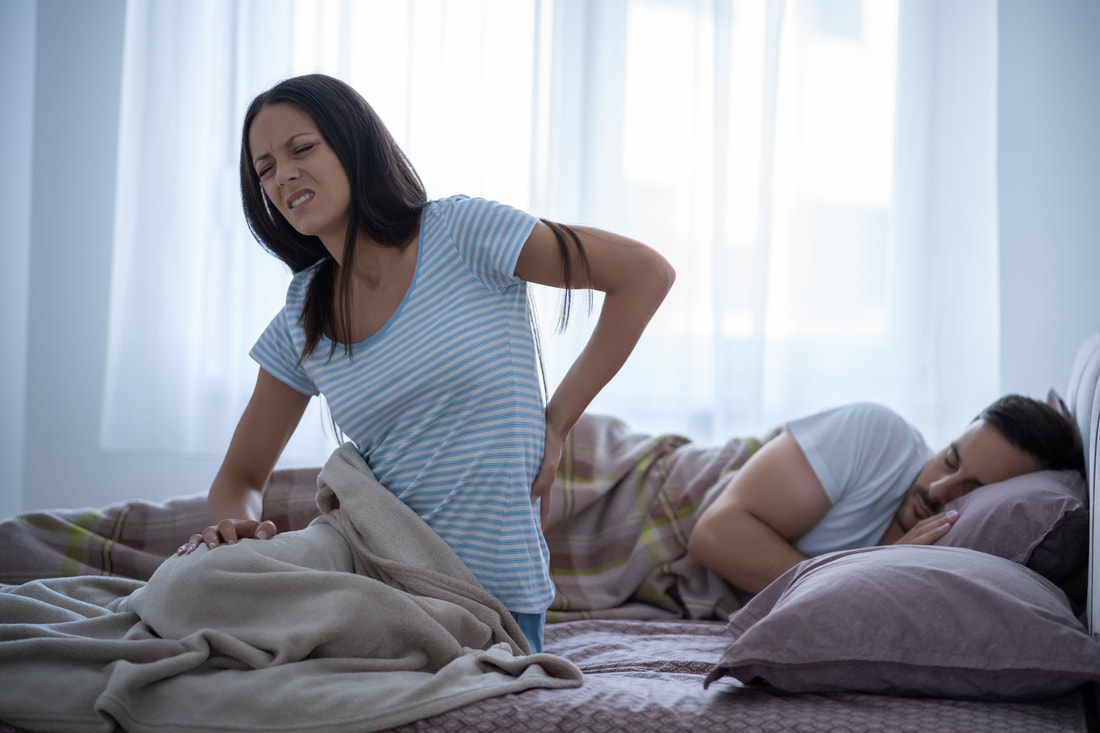
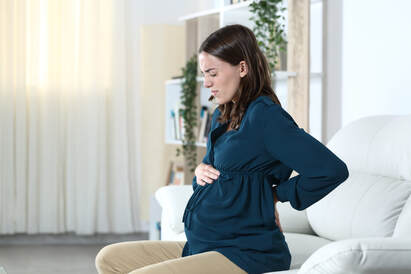
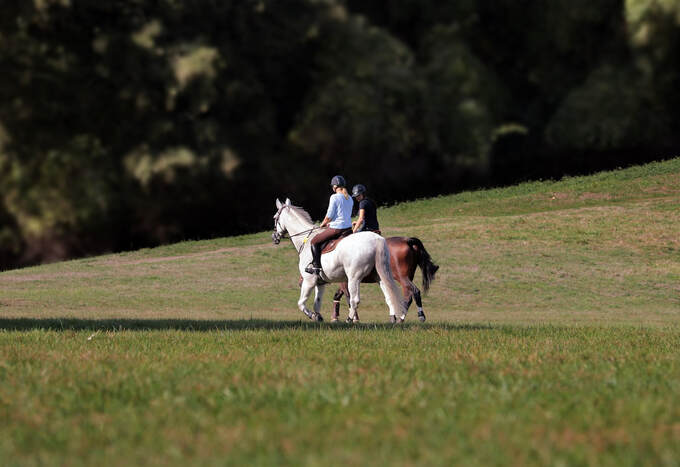
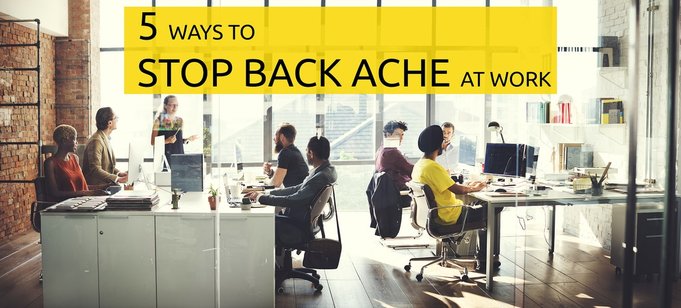
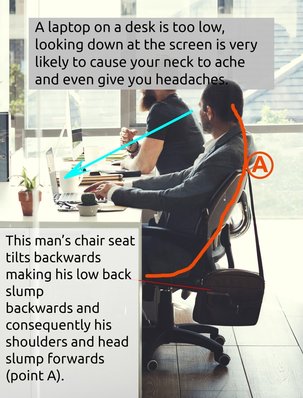
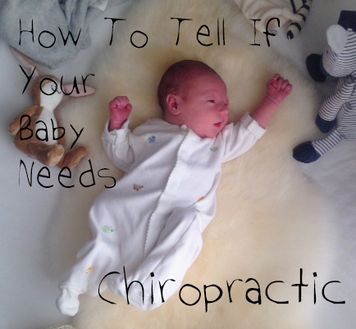
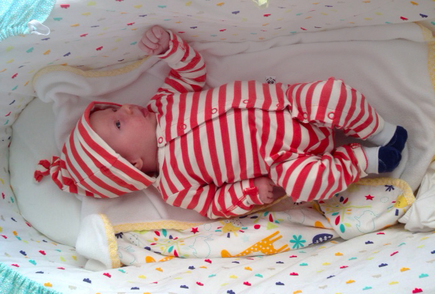
 RSS Feed
RSS Feed


